The mechanical bearing used on gates is called a gate hinge. It supports a finite amount of rotation, like all hinges. Open or swinging gates are made possible by gate hinges. They only possess a distinctive design that makes them perfect for gates. The hinges on gates are more intricate than those on conventional gates. They are often thicker than conventional hinges in addition to being shorter. Additionally, some gate hinges have more leaves than conventional hinges. Read More…
We take our customer evaluations as our only measure of success. If our customers are not happy, we are not happy! We will work with you until we find the right hinges solution for you.

We are here to provide you with any hinge you could ever possibly need! We are the hinge specialists committed to bringing you a level of customer service that is unmatched by the competition.
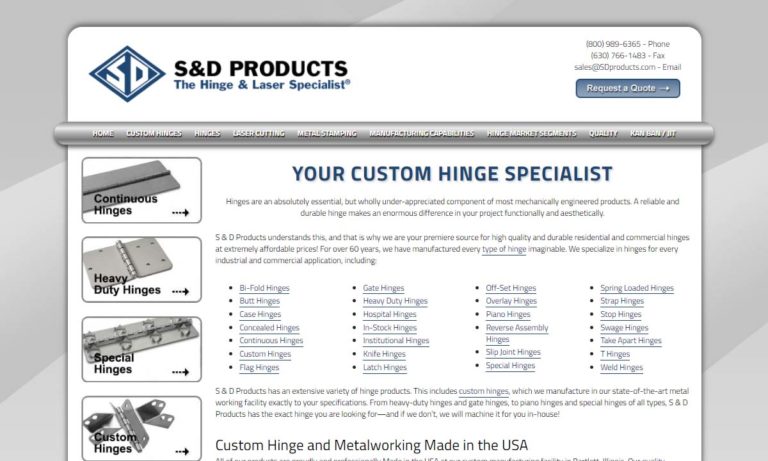
Hardware Mfg. supplies stock inventory parts in addition to creating custom components for OEM and resellers. We work with a number of different industries such as agriculture, drug tablet, livestock, truck equipment, conveyors, and more.
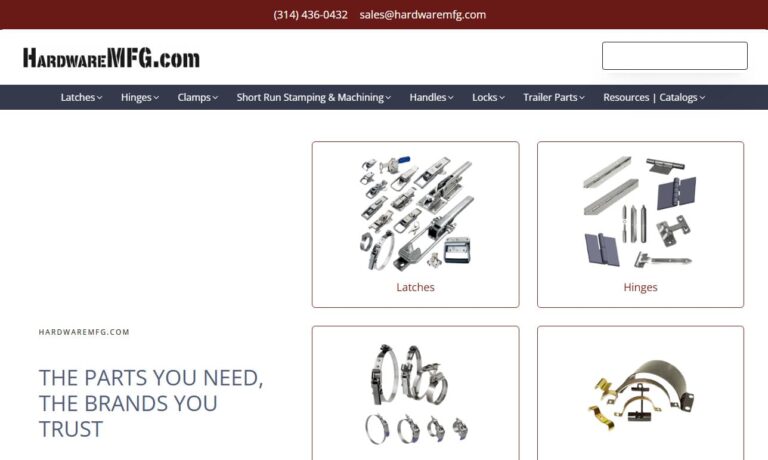
Slip hinges, continuous hinges, butt hinges, flag hinges and any custom hinge need – Delson Hinge has over 50 years of experience to bring you a better hinge making process. Not only the highest quality standard and custom hinges, but also exceptional service, prices and turnaround. With custom hinge design being our forte, Delson can truly say that we offer a hinge for every need!
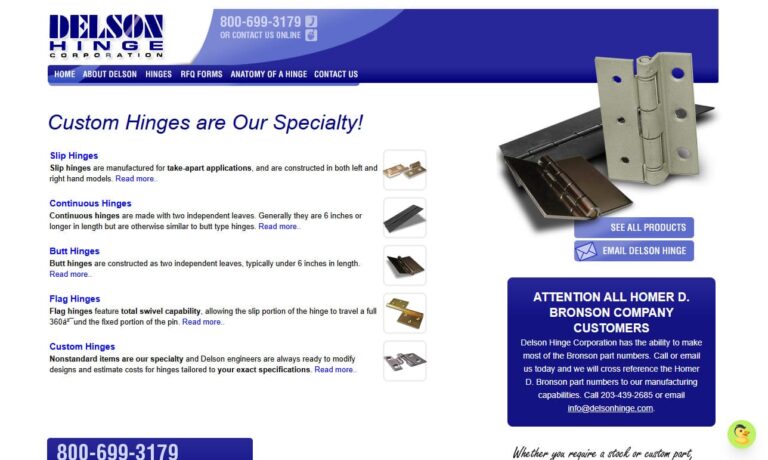
At SELECT Hinges, we have been manufacturing high-quality hinges since 1989. We produce continuous-geared aluminum hinges as well as continuous pin and barrel hinges for doors that are subject to constant traffic. Our hinges are designed to withstand frequent use and have been tested for over 25 million cycles. Models are available for new construction or use on existing doors.
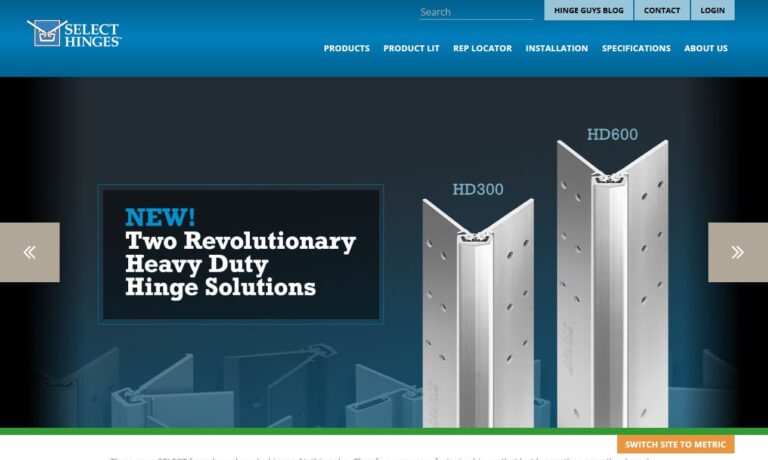
More Gate Hinge Manufacturers

How Gate Hinges Work
Gate hinges establish a mechanical bearing between the gate and the post or wall to which it is attached. A gate hinge must be connected to the gate, the post or wall, and its leaves to be installed. For fastening, most gate hinges include pre-drilled holes. These holes can be used to insert bolts or screws to keep the leaves in place. The gate hinge, once installed, will enable users to swing the gate open and shut.
Applications of Gate Hinges
There are several options for gate hinge composition and configuration because of the wide range of situations in which gates are employed and the number of conceivable gates within each of those contexts. The hinge needs to be heavier and stronger the more demanding the application. Gates and fences are frequently required for industrial businesses to secure their property. These gates and fences' construction, style, and visual appeal vary greatly.
Heavy hinges are required to handle the heaviest gates, the kind that freight trucks and employee vehicles pass through. Such hinges can occasionally be welded rather than riveted to provide additional support. Hinges are used in lighter-duty applications, such as residential yard gates, where they are valued for their aesthetic appeal and contribution to security. These gates frequently have engravings or other decorative elements.
Gate Hinge Design
There are numerous ways to design gate hinges. The most basic version uses a short metal rod bent upward and attached to a fence post. A U-shaped flat or round metal component affixed to the gate secures the rod. If nothing impedes the gate's movement, such hinges allow movement almost entirely around the hinge's axis. These hinges help allow access to environments like livestock pens, but they are not likely to present many difficulties for people.
For this reason, they might not be suitable for securing structures, private yards, or other places that have fences. A step up in terms of security and aesthetic appeal are butt hinges. Due to their widespread use as door hinges in homes and businesses, they are among the most recognizable hinge types. Two plates, referred to as "leaves" in the context of hinges, are present on butt hinges.
Each leaf has been machined on one side for the leaves to interlock like fingers when arranged together. Then, little rings are formed by rolling these "fingers." The leaves are then joined together by inserting a pin through the circles once they are properly aligned. After that, holes are bored in both leaves to attach the hinge to a door, gate post, or another suitable surface.

What to Consider When Choosing Gate Hinges
Although they come in various varieties, all gate hinges are intended for use with gates. The material from which a gate hinge is formed must be considered while picking one. Gate hinges made of stainless steel are now a common option. Gate hinges are naturally exposed to the weather because gates are often placed outside. Gate hinges made of stainless steel can tolerate moisture and rain without rusting.
Materials Used for Making Gate Hinges
Cold-Rolled Steel
Steel that has been cold rolled is used in several hinges. It's an iron alloy rolled at room temperature and referred to as cold-formed steel. Extreme heat is not applied to cold-rolled steel. Instead, it undergoes processing and rolling at room temperature to maintain its physical properties. Since cold-rolled steel hinges are strong, long-lasting, and durable, they are preferred for numerous manufacturing-related applications.
Stainless Steel
Stainless steel is the material that is used most frequently to create hinges. The iron alloy stainless steel has a minor percentage of carbon in it. Stainless steel is created when the iron is combined with carbon. Therefore, stainless steel can be distinguished from other forms of steel primarily by carbon. Hinges made of stainless steel provide a high level of security against rust and corrosion due to high carbon.
Aluminum
Aluminum-made gate hinges are also available. Like stainless steel, aluminum has a built-in anti-corrosion layer. As a result, aluminum hinges can tolerate wet and humid conditions without succumbing to corrosion's corrosive effects. Aluminum hinges are also lightweight and reasonably priced.

Benefits of Gate Hinges
- Specially constructed gate hinges offer a high level of security. They are constructed from sturdy materials and strengthened with glass fiber for this purpose.
- These hinges have UV protection. This protection gives these hinges an overall boost in strength and makes them particularly robust.
- The absence of corrosion is one of the appealing qualities of gate hinges.
- These hinges can be lubricated infrequently.
- The majority of gate hinges have no specific hand side. This feature indicates that both left- and right-handed door setups can use these gate hinges.
Choosing the Right Gate Hinge Supplier
To ensure you have the most beneficial outcome when purchasing gate hinges from a gate hinge supplier, it is important to compare several companies using our directory of gate hinge suppliers. Each gate hinge supplier has a business profile page that highlights their areas of experience and capabilities, along with a contact form to directly communicate with the supplier for more information or request a quote. Review each gate hinge business website using our patented website previewer to quickly learn what each company specializes in. Then, use our simple RFQ form to contact multiple gate hinge businesses with the same form.





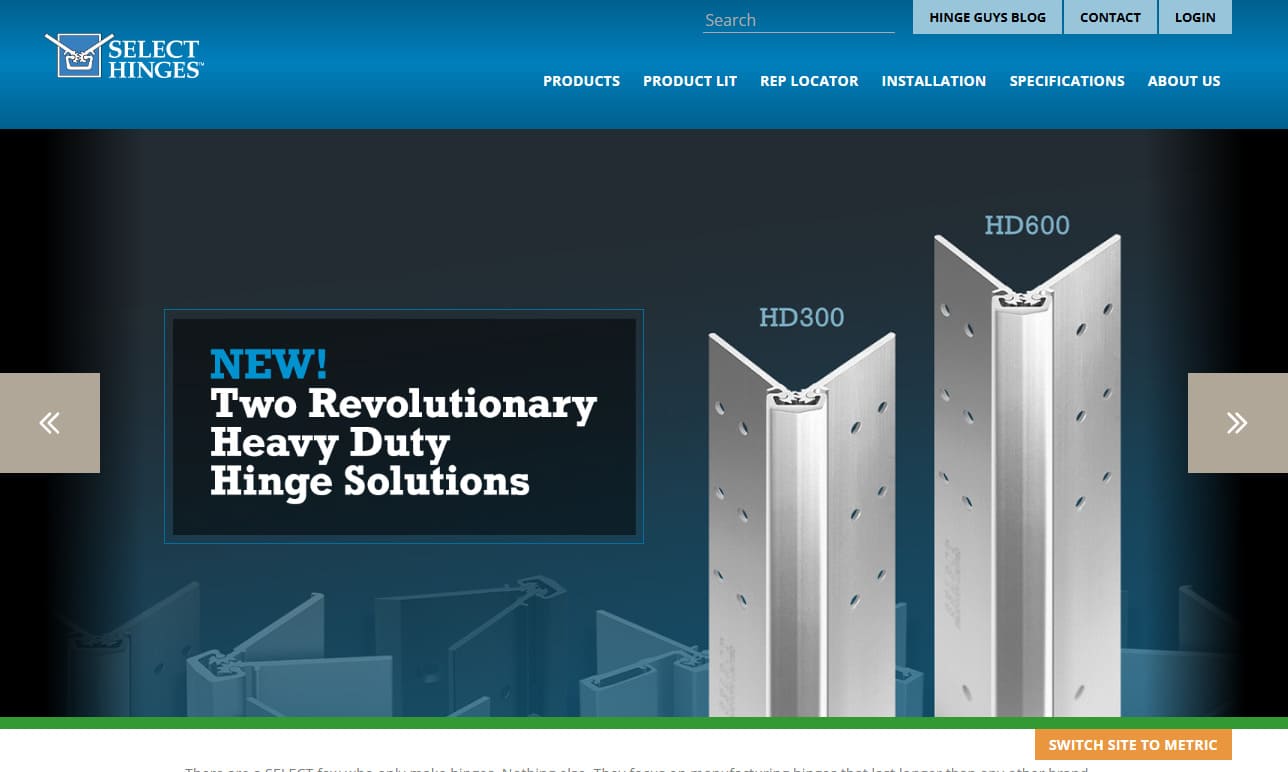
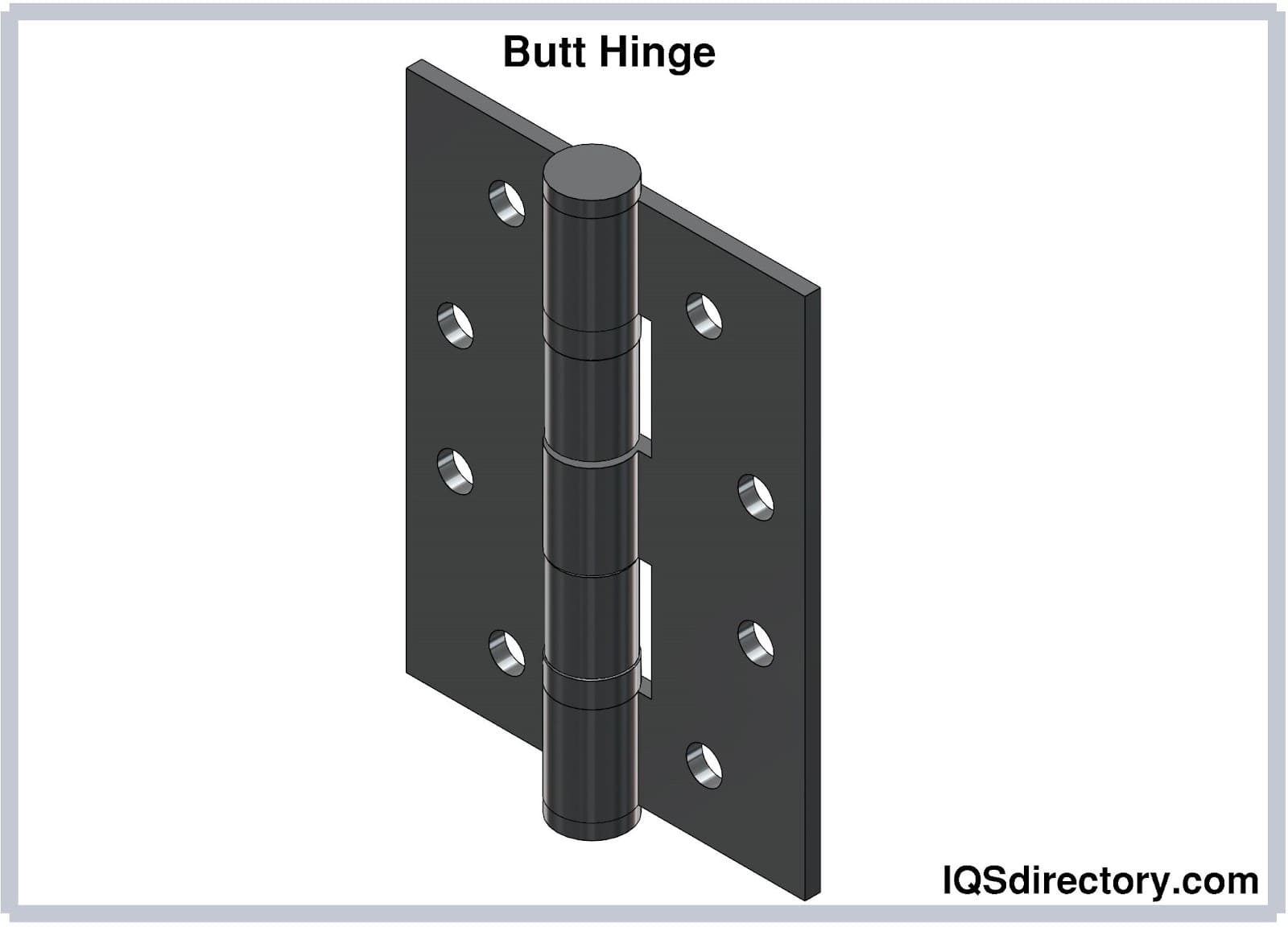
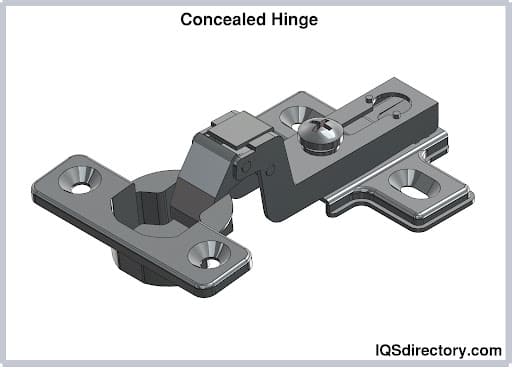
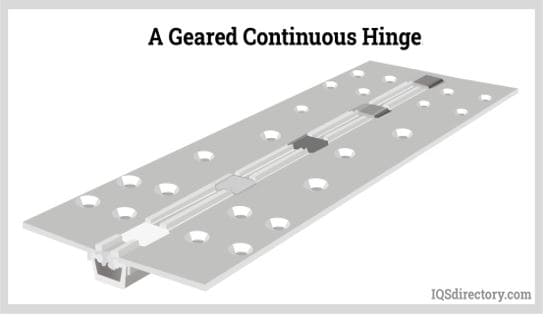
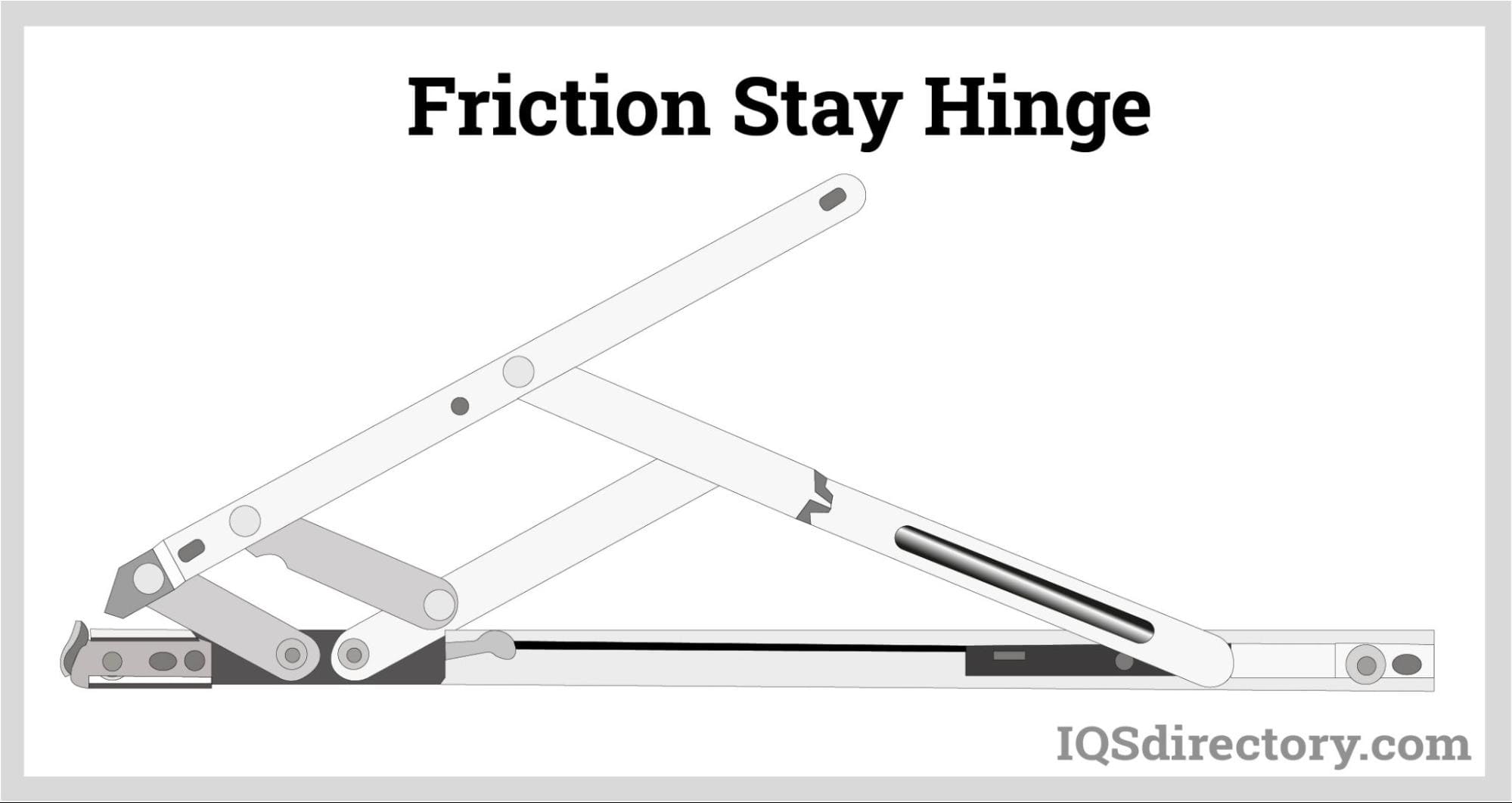
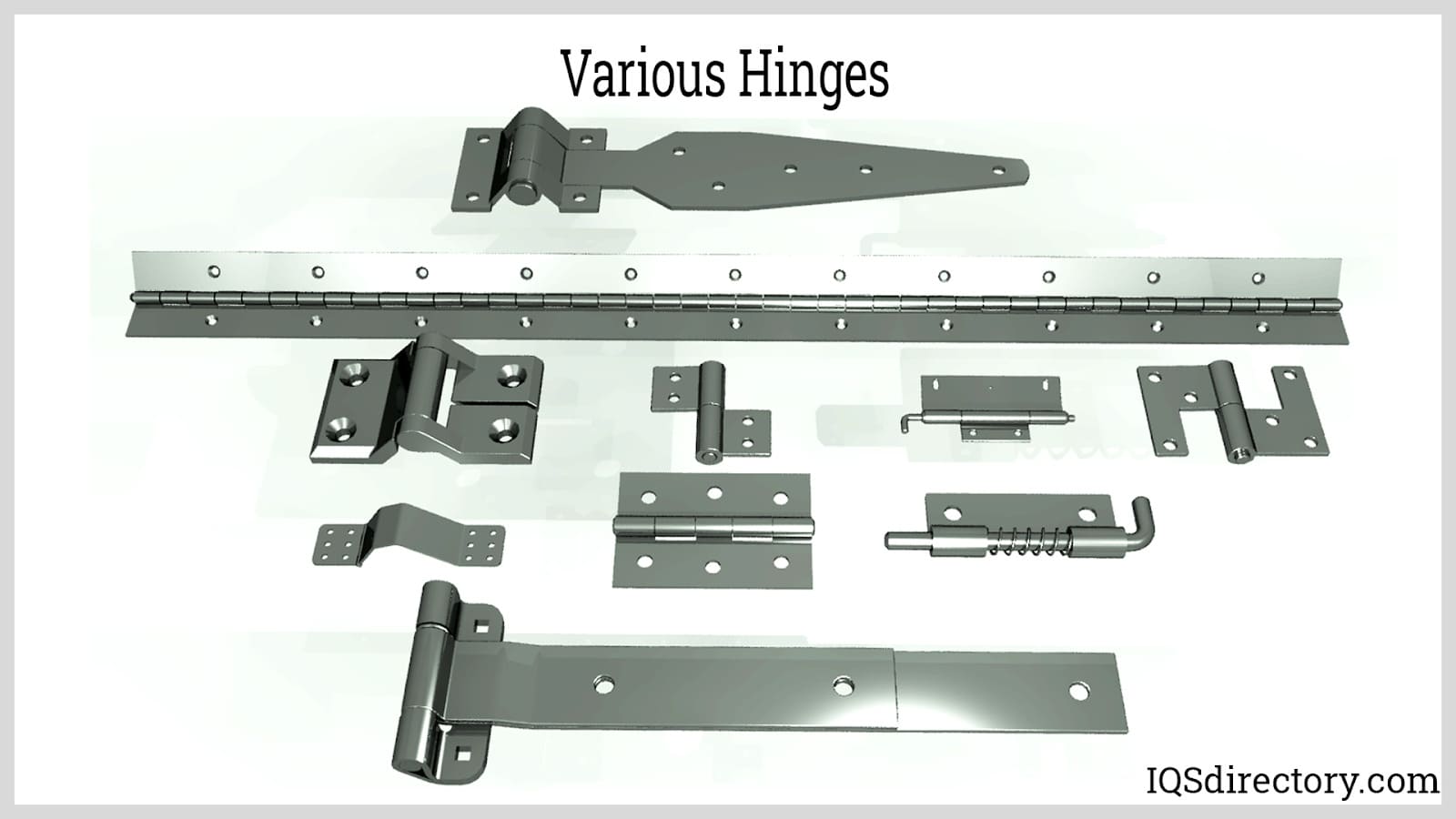
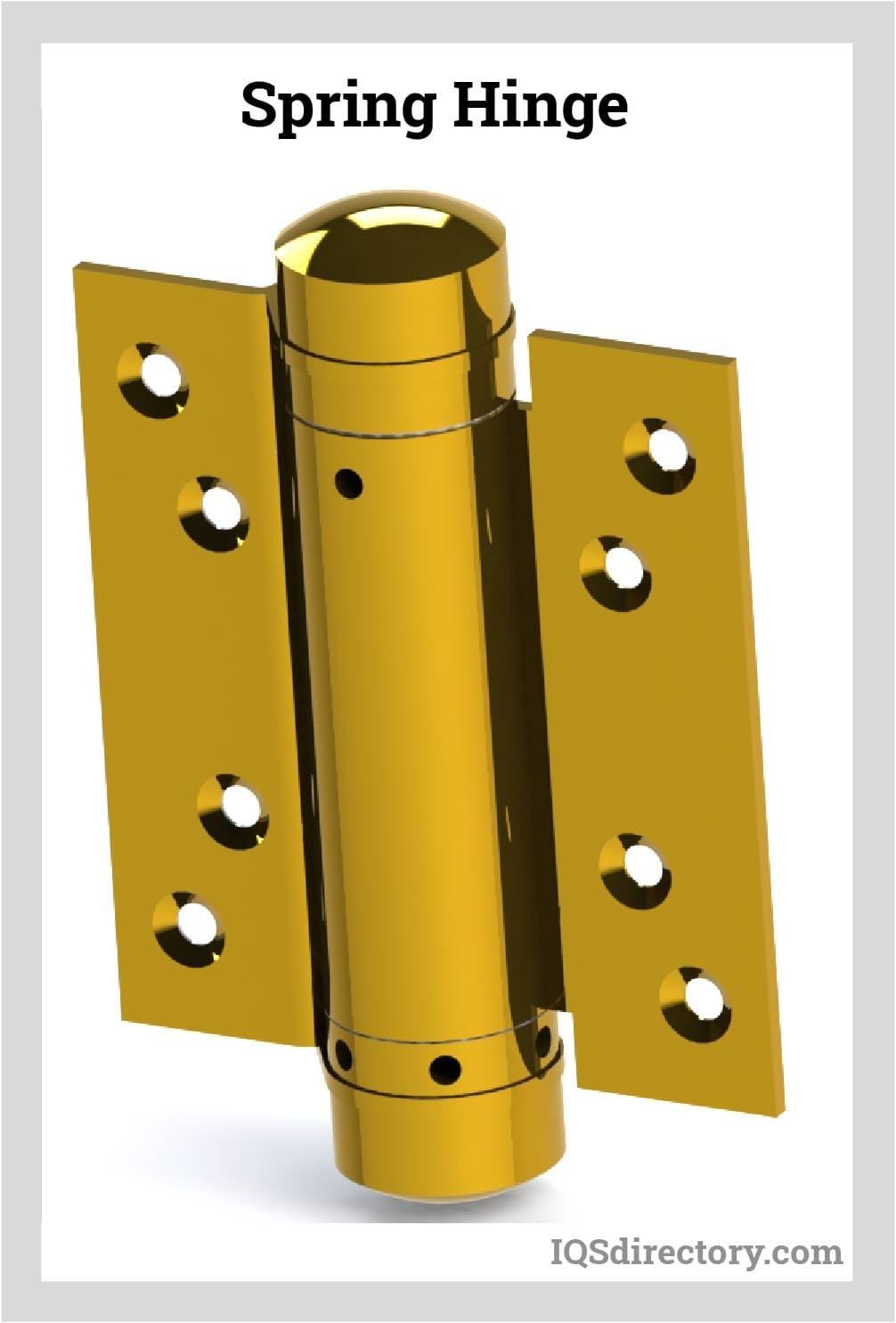
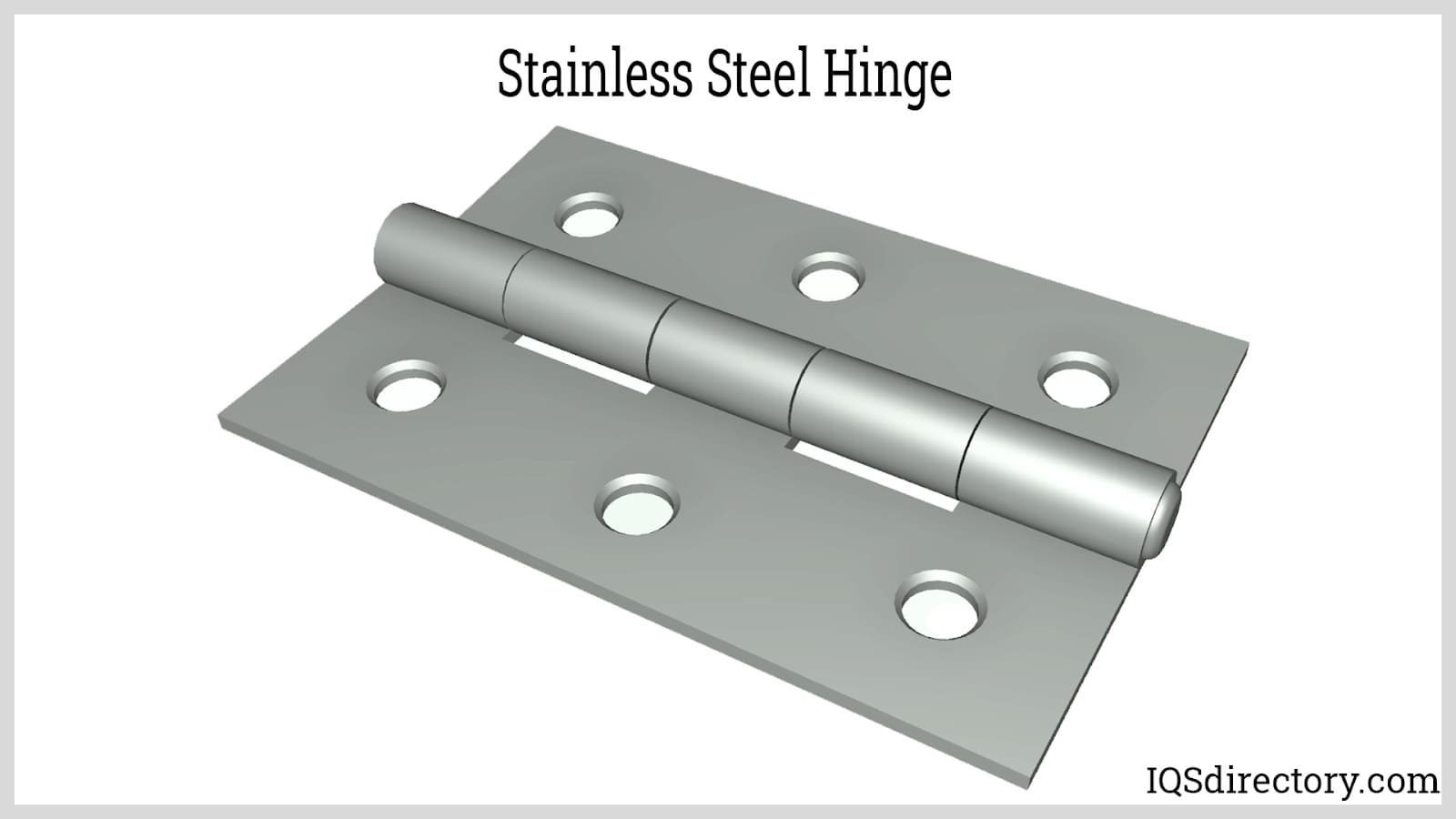
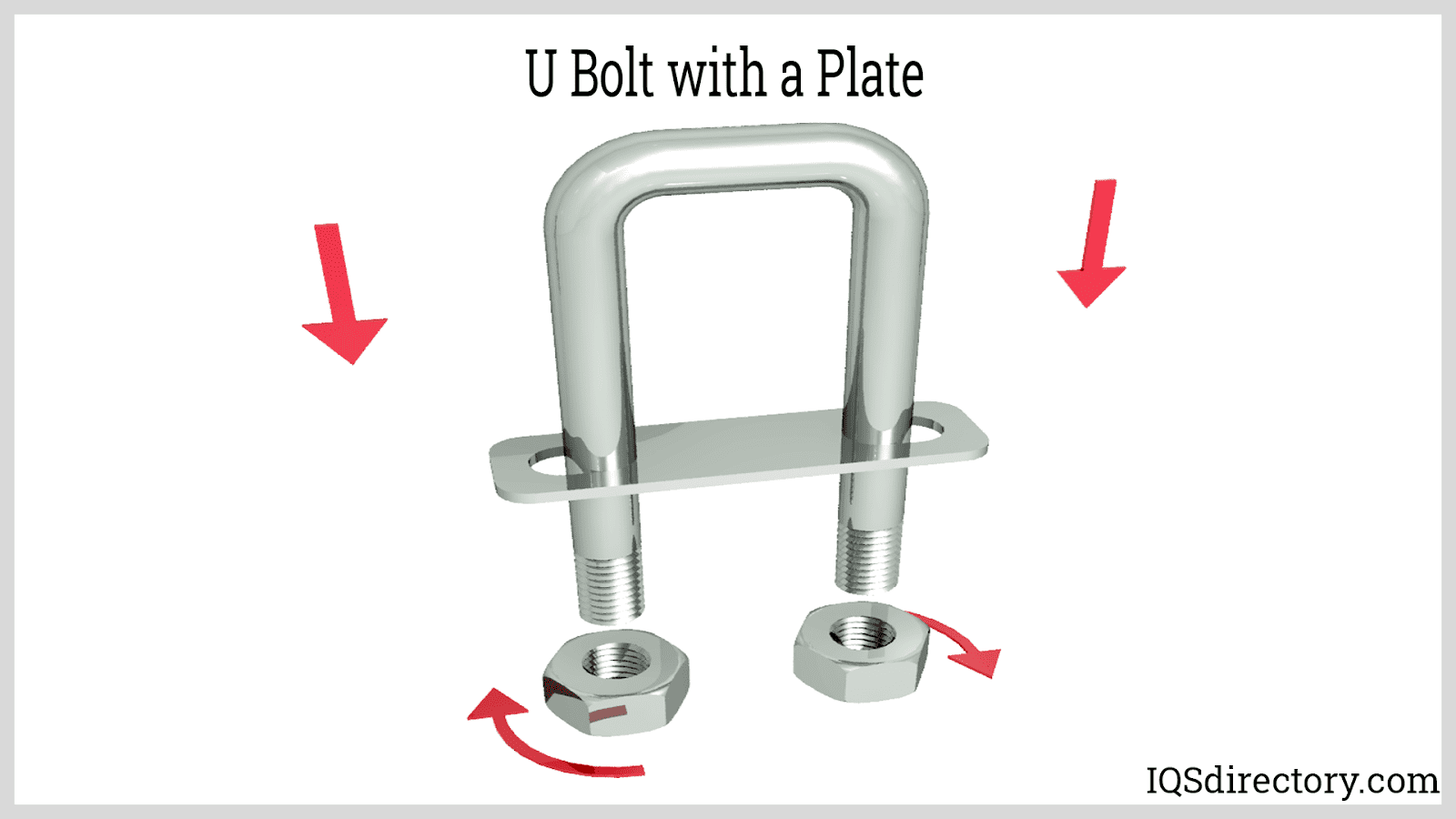
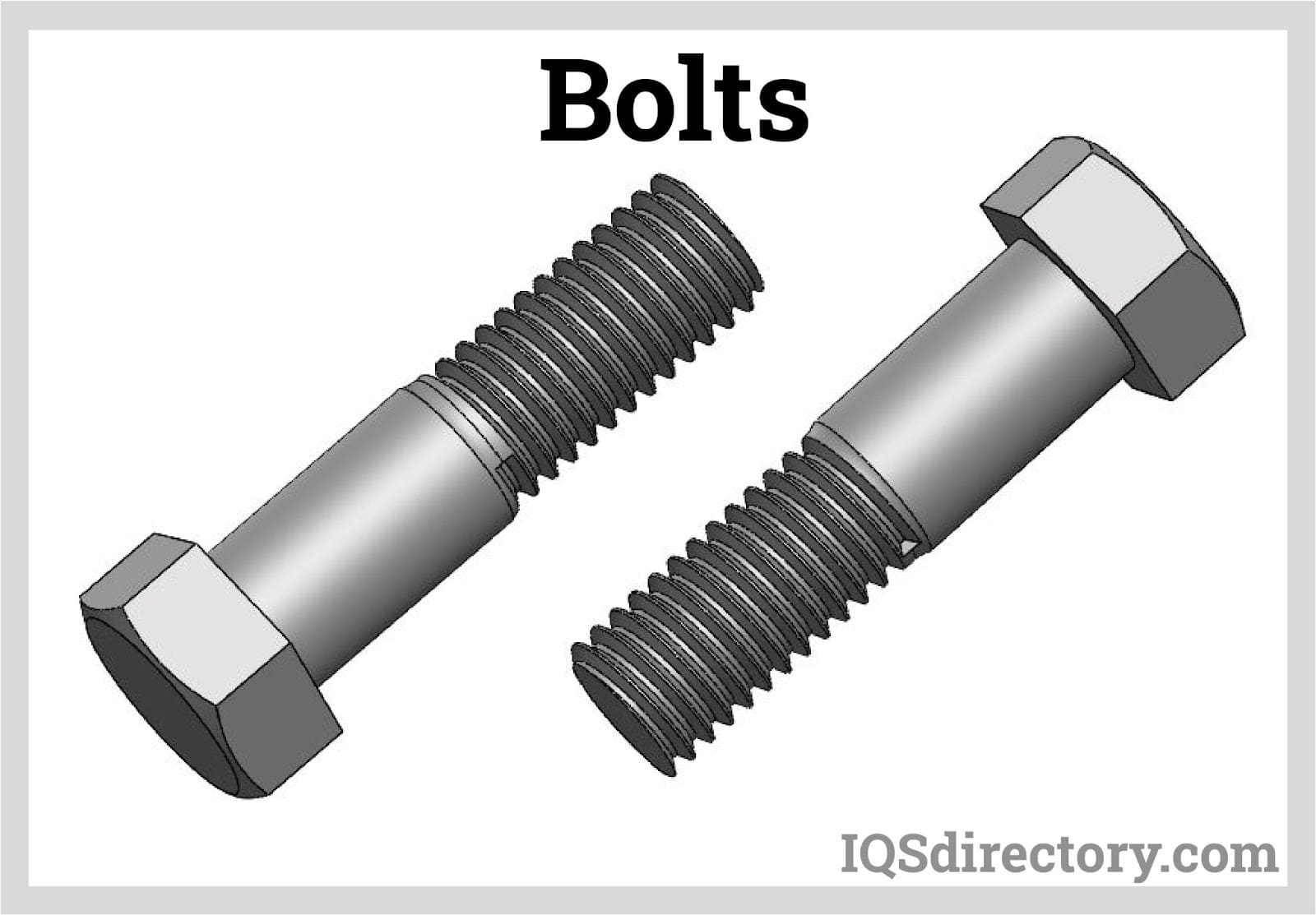
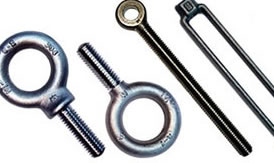 Bolts
Bolts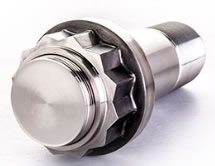 Fasteners
Fasteners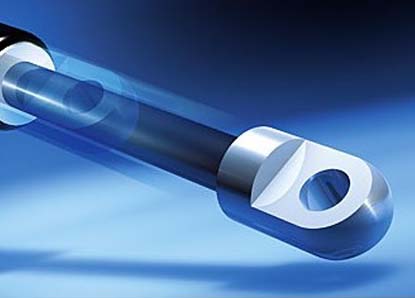 Gas Spring
Gas Spring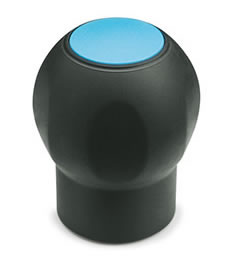 Handles
Handles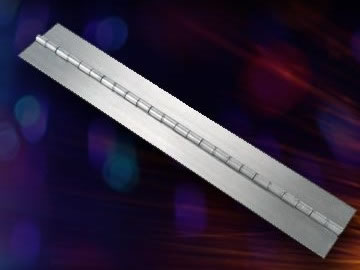 Hinges
Hinges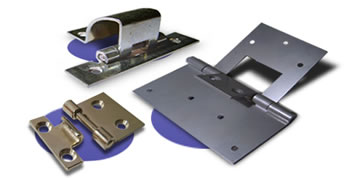 Latches
Latches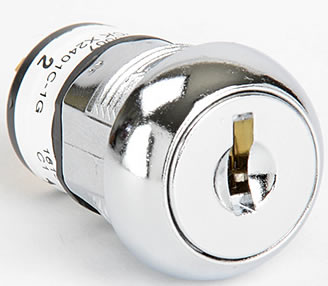 Locks
Locks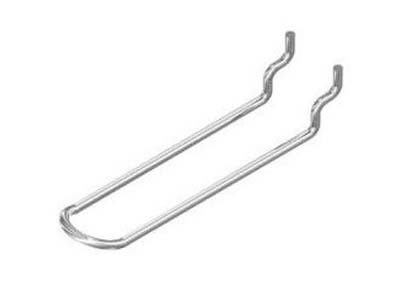 WIre Hooks
WIre Hooks Castings & Forgings
Castings & Forgings Bulk Material Handling
Bulk Material Handling Electrical & Electronic Components
Electrical & Electronic Components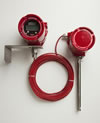 Flow Instrumentation
Flow Instrumentation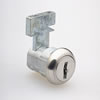 Hardware
Hardware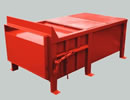 Material Handling Equipment
Material Handling Equipment Metal Cutting Services
Metal Cutting Services Metal Forming Services
Metal Forming Services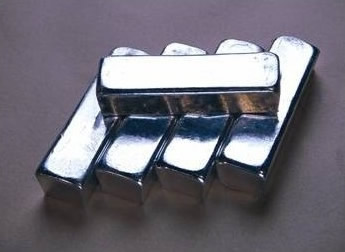 Metal Suppliers
Metal Suppliers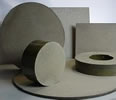 Motion Control Products
Motion Control Products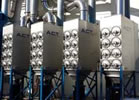 Plant & Facility Equipment
Plant & Facility Equipment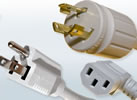 Plant & Facility Supplies
Plant & Facility Supplies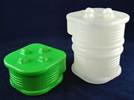 Plastic Molding Processes
Plastic Molding Processes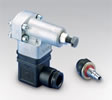 Pumps & Valves
Pumps & Valves Recycling Equipment
Recycling Equipment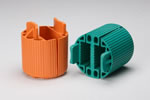 Rubber Products & Services
Rubber Products & Services